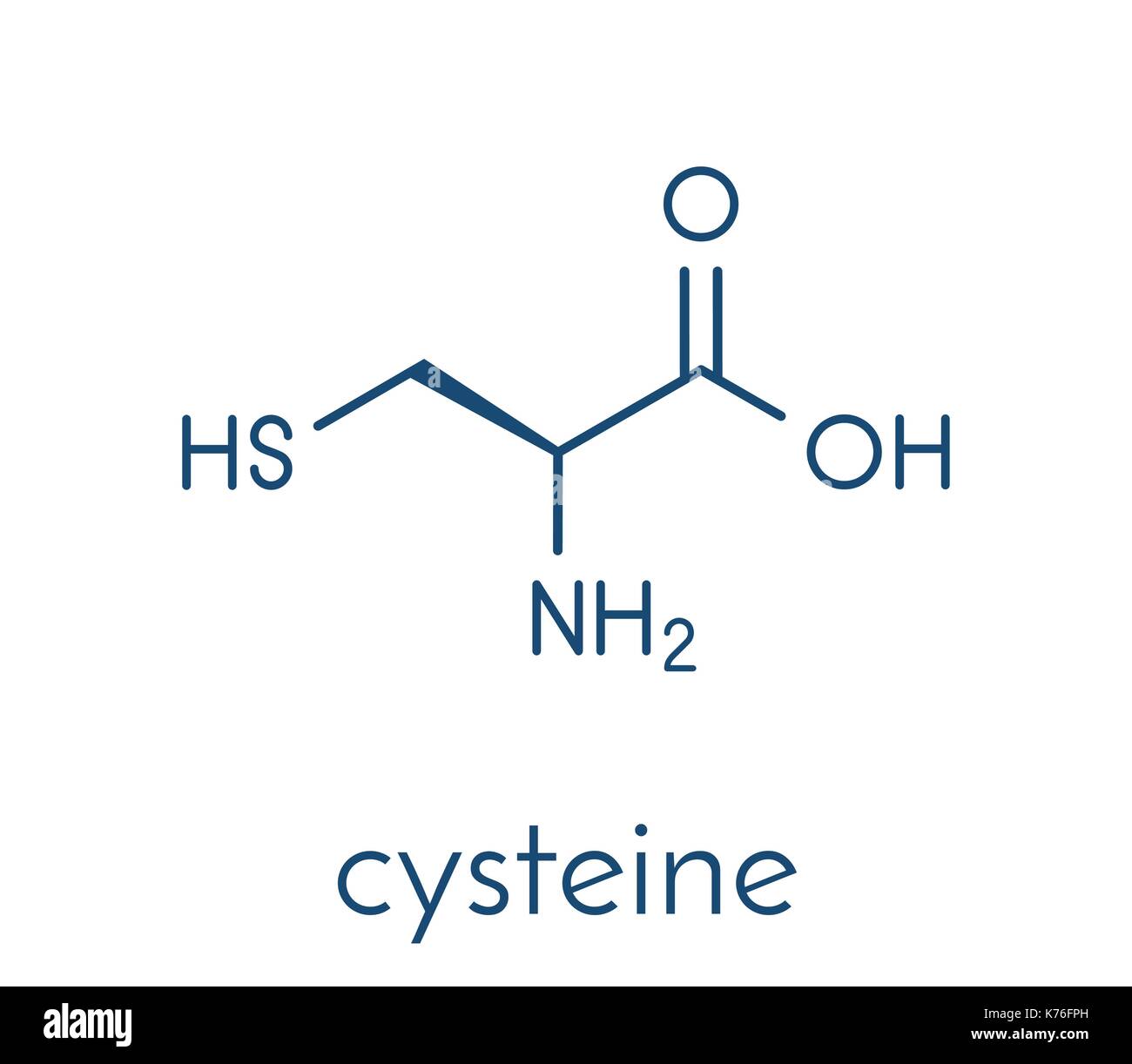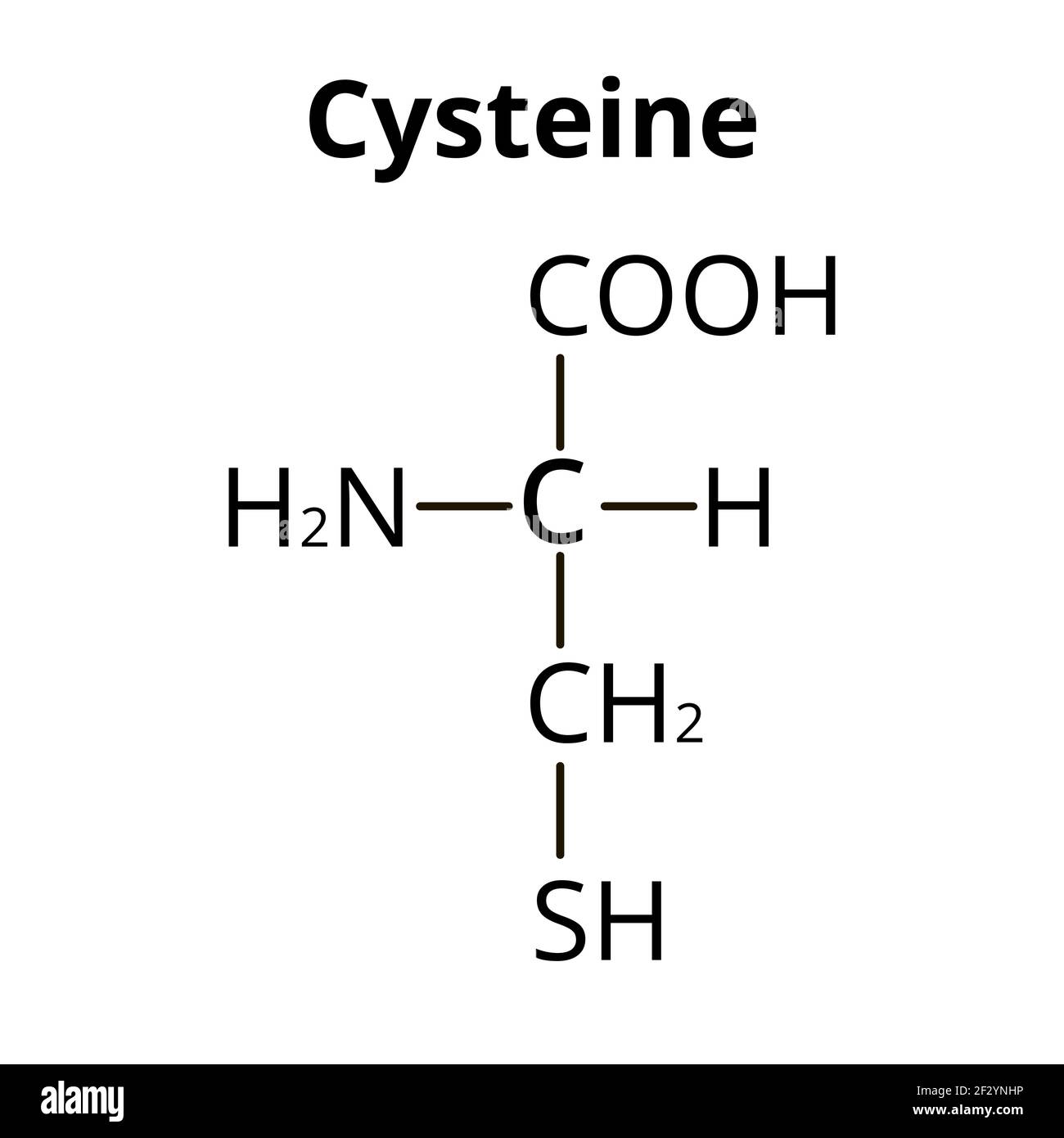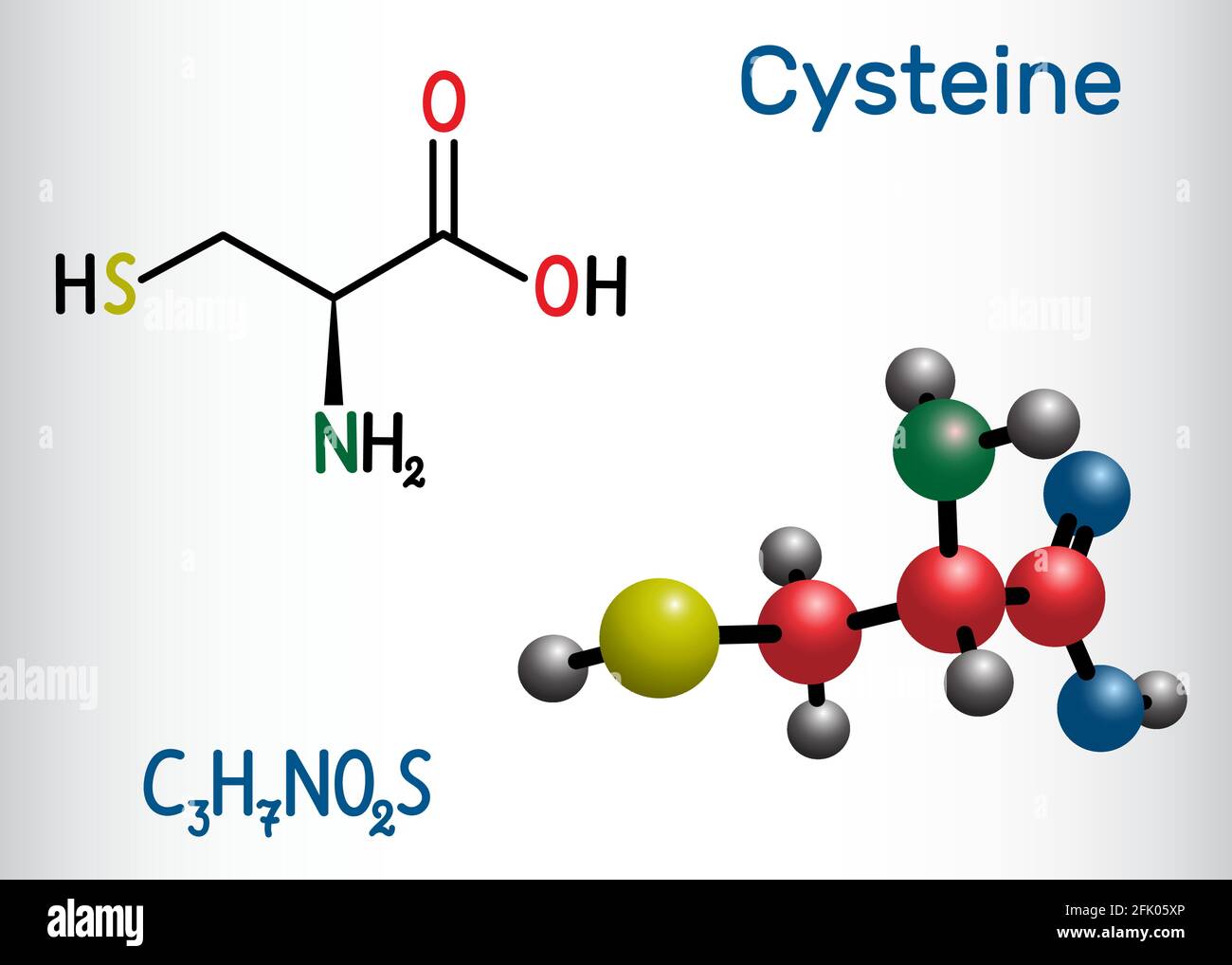Cysteine Rich Foods - Your Guide To Wellness
What we choose to put on our plates really does make a difference for our bodies. It’s a simple truth, isn't it? Every bite we take gives our system the stuff it needs to keep going, to stay healthy, and to do all the amazing things it does each day. Thinking about what foods offer us the best support can feel a bit like a puzzle, but some pieces are definitely more important than others, and knowing about them can genuinely help you feel your best.
One of those truly important pieces is something called cysteine. It's a kind of building block, a tiny component that helps make up the bigger structures in your body. Your body actually makes some of it, so it's what we call "semi-essential," meaning you don't have to get every single bit from your meals, but getting enough from what you eat is, well, pretty important for everything to work as it should. This particular building block has a special shape, which helps it do some rather specific jobs inside you.
So, we're going to talk about this interesting component, what it does for your health, and where you can find plenty of it in the things you eat every day. We'll also cover some of the good things it does for you, especially for parts of your body you see every day, and a few other things you might want to keep in mind. It's all about giving your body what it wants, you know, to help you stay strong and vibrant.
- Exploring The Iconic Career Of Lee Majors Movies And Tv Shows
- Unveiling The Life Of Donald Glover Senior A Multifaceted Journey
- Inside John Travoltas House A Glimpse Into The Iconic Actors Home
- Unraveling The Legacy Of Dr Yang In Greys Anatomy
- Unveiling The Mystery Who Is Spencer James Real Dad In All American
Table of Contents
- What is Cysteine and Why Does It Matter?
- Where Can You Find Cysteine Rich Foods?
- Are Cysteine Rich Foods Good for Your Hair, Skin, and Nails?
- What Else Should You Know About Cysteine Rich Foods?
What is Cysteine and Why Does It Matter?
You might be wondering, what exactly is this cysteine thing, and why should I even care about it? Well, it's a small but mighty player in your body's overall well-being. Think of it as a tiny construction worker, always busy making sure things are built right and kept in good shape. It's a type of amino acid, which are the fundamental parts that link together to create proteins, and proteins are, quite frankly, involved in nearly every job your body does. So, getting enough of these little workers is pretty key for keeping your whole system running smoothly, you know?
The Building Blocks of Your Body
To get a bit more specific, cysteine is one of the twenty common amino acids that your body uses. It has a particular chemical makeup, often shortened to "Cys" or just "C" when people talk about it in scientific circles. What makes it a little bit special is a part of its structure called a "thiol side chain." This unique feature allows it to connect with other parts of your body's chemistry in ways that other amino acids just can't. It's almost like it has a special tool for certain jobs. Your body can, in a way, create some of this compound from other amino acids, which is why it gets the "semi-essential" label, but relying solely on your body's own production might not always be enough to meet all your needs.
This means that while your body has some capacity to produce it, getting it from what you eat is still a good idea. It helps make sure you have a steady supply for all the work it does. For instance, it's a key ingredient in making a really important substance called glutathione, which is often called the body's "master" protective agent against various damaging elements. So, you can see, it's pretty important to have enough of these cysteine building blocks around for all sorts of internal construction projects, basically.
- Discovering The Talented World Of Tate Mcrae
- When Opportunities Slip The Story Behind Diggs Dropped Pass
- Unraveling The Truth Behind Ellen And Portias Divorce
- Behind The Scenes Of Jarrod And Brandi From Storage Wars
- Exploring The Iconic Trading Places Film Cast
Cysteine's Role in Everyday Health
Beyond being a simple building block, cysteine plays a very big part in a whole bunch of different processes that keep your body working well. For example, it helps with the body's defense system, acting like a little helper that keeps things in balance and protects your cells from harm. It's also involved in getting rid of unwelcome substances from your system, a bit like a clean-up crew. This is a pretty big deal because our bodies are constantly dealing with things from the environment and even just the normal processes of living that can cause a bit of trouble. So, having plenty of cysteine around helps your body handle these situations effectively, which is really quite good for your overall health.
It also plays a part in keeping your immune system strong, helping your body fight off things that might make you feel unwell. Think of it as contributing to the strength of your body's protective shield. Without enough of it, that shield might not be as sturdy as it could be. And, you know, it's not just about protection; it's also about maintaining the structure and proper working of many tissues throughout your body. So, you can see, it's a pretty versatile little component, helping out in more ways than you might first think, which is something worth considering for your daily food choices.
Where Can You Find Cysteine Rich Foods?
So, now that we know how important cysteine is, the next natural question is, where do we get it? Luckily, it's found in a good variety of foods, meaning you probably already eat some of them regularly. The key is to know which ones have a decent amount so you can make sure you're getting enough. Some foods are particularly packed with this helpful amino acid, while others offer smaller but still useful quantities. It's all about making informed choices when you're picking out your groceries or deciding what to cook for dinner, you know?
Top Sources of Cysteine Rich Foods
When it comes to getting a good supply of cysteine, some of the most concentrated sources come from animal products. Things like chicken and turkey, especially the lighter meat, are pretty good options. Beef, pork, and even fish can also provide a solid amount. These are often complete protein sources, meaning they offer all the essential amino acids your body needs, including cysteine. So, if you enjoy these kinds of foods, you're likely already getting a fair bit of this beneficial compound, which is great for your daily intake, basically.
Eggs are another fantastic source, especially the whites. They are often called a "perfect protein" because they contain all the necessary amino acids in good proportions. Dairy products, like milk, cheese, and yogurt, also contribute. So, if you're having an omelet for breakfast, or some yogurt as a snack, you're actually doing a good job of getting some cysteine into your system. These foods are usually easy to find and can be part of many different meals, making it relatively simple to increase your intake of cysteine rich foods, you know, without too much fuss.
For example, a nice grilled chicken breast with some vegetables could be a great way to get a good portion. Or, perhaps, a hearty beef stew on a colder day. Even just adding a hard-boiled egg to your salad can make a difference. These are simple ways to incorporate more cysteine into your regular eating habits, and they taste good too, which is, honestly, a pretty big bonus. So, thinking about these common items can help you plan your meals effectively for better overall health.
Plant-Based Cysteine Rich Foods Options
If you prefer to eat mostly or entirely plant-based, don't worry, there are still plenty of ways to get your cysteine. While animal sources might have higher concentrations, many plant foods also contain this amino acid, especially when combined thoughtfully. Things like legumes, which include lentils, black beans, and chickpeas, are good places to start. They're also full of fiber and other good stuff, so they're a win-win for your plate. So, you know, a lentil soup or a bean burrito could be a really good choice.
Certain grains, like oats and wheat germ, also contain cysteine. So, your morning oatmeal or whole-wheat bread can contribute to your daily intake. Nuts and seeds, such as sunflower seeds and walnuts, are another good option. Even some vegetables, like broccoli, Brussels sprouts, and red peppers, have a small but significant amount. While you might need to eat a wider variety of plant-based cysteine rich foods to get the same amount as from animal sources, it's definitely achievable with a varied and balanced approach, which is actually quite empowering for those following a plant-focused diet.
For instance, a big salad packed with chickpeas, sunflower seeds, and a mix of colorful vegetables would be a great way to get a good dose. Or, perhaps, a warming bowl of oatmeal topped with nuts and seeds. These kinds of meals not only provide cysteine but also a whole host of other beneficial things for your body. It's about being a little bit creative with your meal planning, and you'll find it's surprisingly easy to include plenty of cysteine rich foods, you know, without feeling like you're missing out on anything at all.
Are Cysteine Rich Foods Good for Your Hair, Skin, and Nails?
Many people are interested in how what they eat affects their appearance, and that's totally fair. Our hair, skin, and nails are often the first things we notice about ourselves and others. So, it's natural to wonder if something like cysteine, a tiny building block, could actually make a visible difference. The answer is, pretty much, yes! This amino acid plays a truly significant part in the health and strength of these parts of your body. It's not just about how you look, though; it's also about the fundamental health of these tissues, which is, you know, quite important for their proper function.
How Cysteine Supports Beauty from Within
Cysteine is a key ingredient in making something called keratin. Keratin is a type of protein that forms the main structure of your hair, your outer layer of skin, and your nails. Think of it as the strong, fibrous material that gives these parts their firmness and resilience. Without enough cysteine, your body might struggle to produce enough strong keratin, which could, in some respects, affect the quality of your hair, skin, and nails. So, getting enough cysteine rich foods can actually help your body build these structures more effectively, which is pretty neat.
For your hair, this means potentially stronger strands that are less prone to breakage, giving it a healthier, more vibrant look. For your skin, it helps maintain its protective barrier and elasticity, contributing to a smoother, more supple feel. And for your nails, it means they might be less brittle and more able to grow strong. It's not a magic bullet, of course, but it's a fundamental piece of the puzzle for maintaining these visible signs of health. So, when you're eating those cysteine rich foods, you're basically giving your body the raw materials it needs to look its best, you know, from the inside out.
Beyond keratin, cysteine also helps with the production of collagen, another vital protein for skin health, though indirectly. Collagen provides the scaffolding that keeps your skin plump and firm. While cysteine isn't a direct component of collagen, its role in overall protein synthesis and its protective actions can support the health of the cells that produce collagen. So, in a way, it's like a supportive player in a team, helping the main stars shine. It's pretty cool how all these tiny parts of our food work together to keep us looking and feeling good, actually.
What Else Should You Know About Cysteine Rich Foods?
So, we've talked about what cysteine is, why it's important, and where to find it. But there are a few other things that are good to keep in mind when you're thinking about this particular amino acid. For instance, you might hear about something called "cystine" and wonder if it's the same thing. And also, like with anything we put into our bodies, it's helpful to know if there are any special considerations or things to be aware of. It's all part of getting a fuller picture of how cysteine rich foods fit into your overall well-being, which is, you know, quite helpful for making good choices.
Understanding Cysteine and Cystine Differences
Cysteine and something called cystine sound a lot alike, and they are connected, but they actually do different jobs inside your body. Cysteine is the individual amino acid we've been discussing, with its unique "thiol" part. Cystine, on the other hand, is formed when two molecules of cysteine link together. This connection happens through that special thiol part, creating a stronger bond. So, you could say cystine is like two cysteine molecules holding hands, basically.
This difference in structure means they have slightly different roles. Cysteine is the active, individual player, ready to participate in various chemical reactions, like helping to make glutathione. Cystine, being the linked-up version, is more stable and often acts as a storage form of cysteine in the body. It's also very important for creating strong protein structures, especially in things like hair and skin, where those strong bonds are needed for durability. So, while they are related, knowing that one is a single unit and the other is a pair helps you understand their distinct functions in your body, which is, in some respects, pretty interesting.
Your body can easily convert between cysteine and cystine as needed. So, when you consume cysteine rich foods, your body has the raw material to make either the individual cysteine or the paired-up cystine, depending on what it requires at that moment. This flexibility is really quite clever, allowing your system to manage its resources effectively. It's almost like having building blocks that can be used alone or snapped together for different purposes, giving your body a lot of versatility, you know, in how it uses these important compounds.
Considerations When Consuming Cysteine Rich Foods
While cysteine rich foods are generally good for you, it's always wise to think about a few things. For most people, getting cysteine from a balanced diet is usually sufficient and the safest way to go. There are also cysteine supplements available, but these should always be approached with a bit of thought and ideally with guidance from someone who knows about these things, like a health professional. Taking too much of anything, even something good, can sometimes lead to unwelcome effects, so moderation and proper advice are always sensible, you know?
For example, very high amounts of cysteine from supplements could, in rare cases, lead to some digestive upset or other issues. It's also worth remembering that how your body handles cysteine can vary from person to person. If you have any existing health conditions or are taking other medications, it's especially important to talk to a health professional before making any significant changes to your diet or considering supplements. They can give you personalized advice that fits your specific situation, which is, honestly, the best way to make sure you're doing what's right for your body.
In general, focusing on a varied diet that includes a good mix of cysteine rich foods, whether from animal or plant sources, is the simplest and most effective approach. This way, you're not just getting cysteine, but also a whole host of other vitamins, minerals, and beneficial compounds that work together to support your overall health. It's about nourishment in a broader sense, rather than just focusing on one single component, which is, you know, a pretty good way to approach eating for wellness.
- Unveiling The Life Of Dolph Zigglers Wife A Journey Beyond The Ring
- Unveiling The Age Of Kent Mccord How Old Is He Now
- Tom Wopat A Multifaceted Talent In Entertainment
- The Remarkable Journey Of Willie Geist A Multifaceted Media Personality
- Unveiling The Life Of Marcus Rosners Wife

Cysteine (l-cysteine, Cys, C) amino acid molecule. Skeletal formula

The amino acid Cysteine. Chemical molecular formula Cysteine amino acid

Cysteine Amino Acid Structure